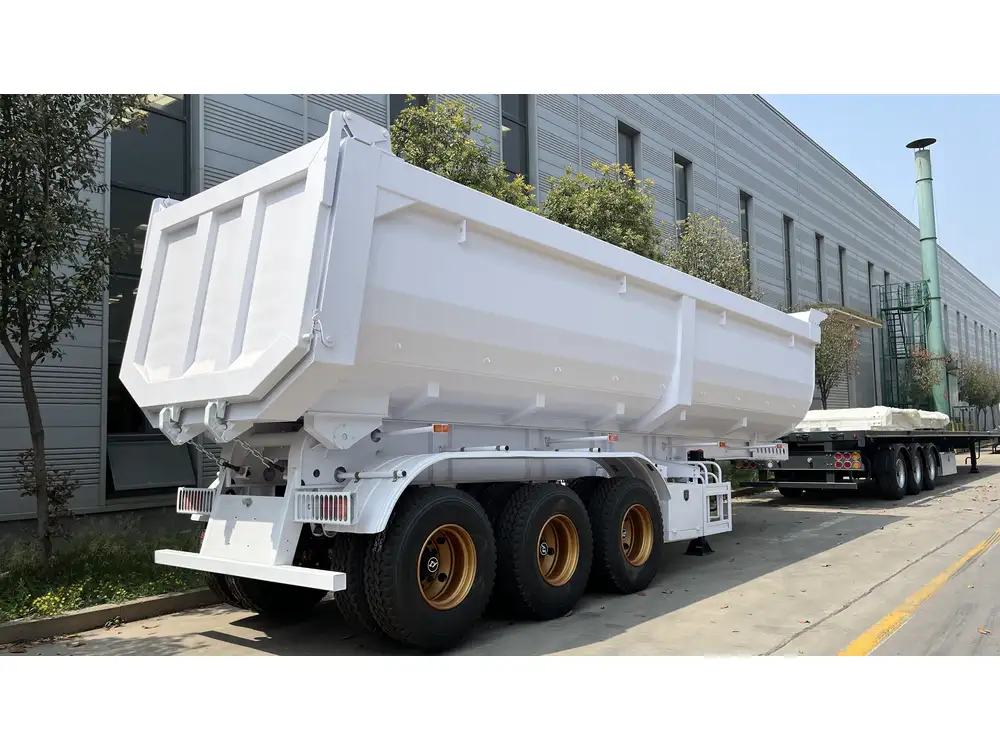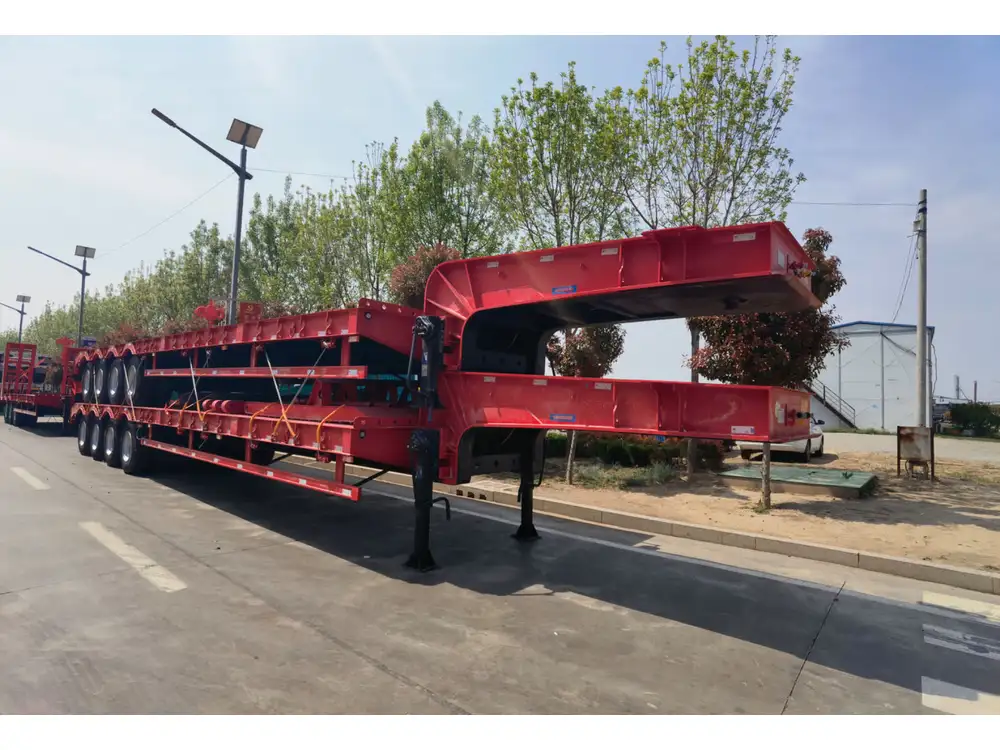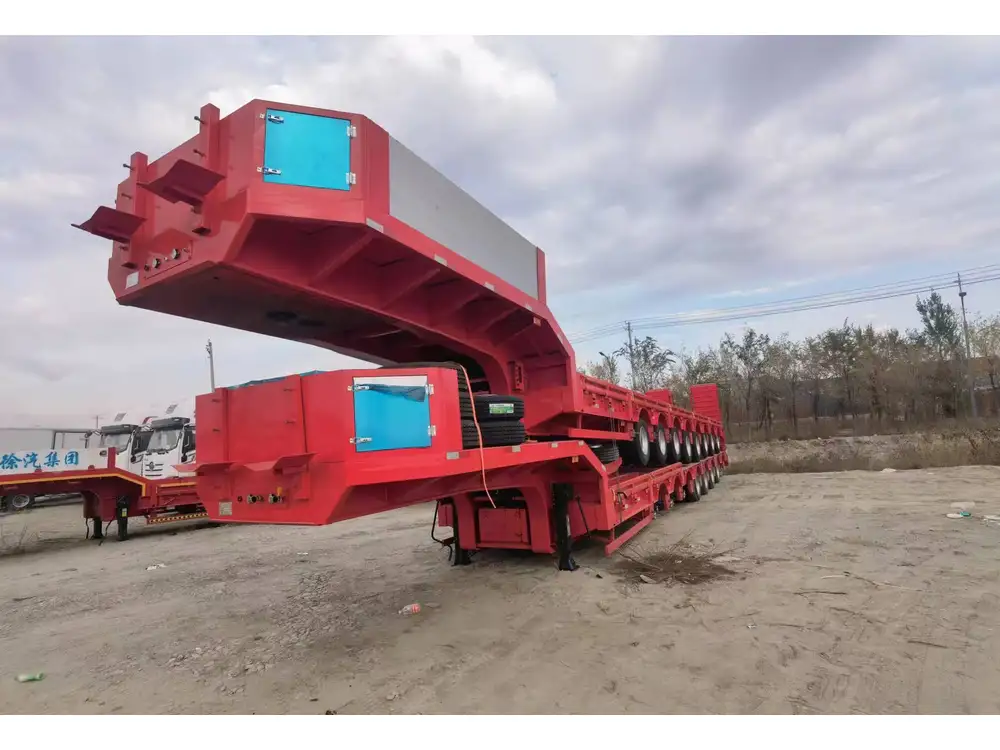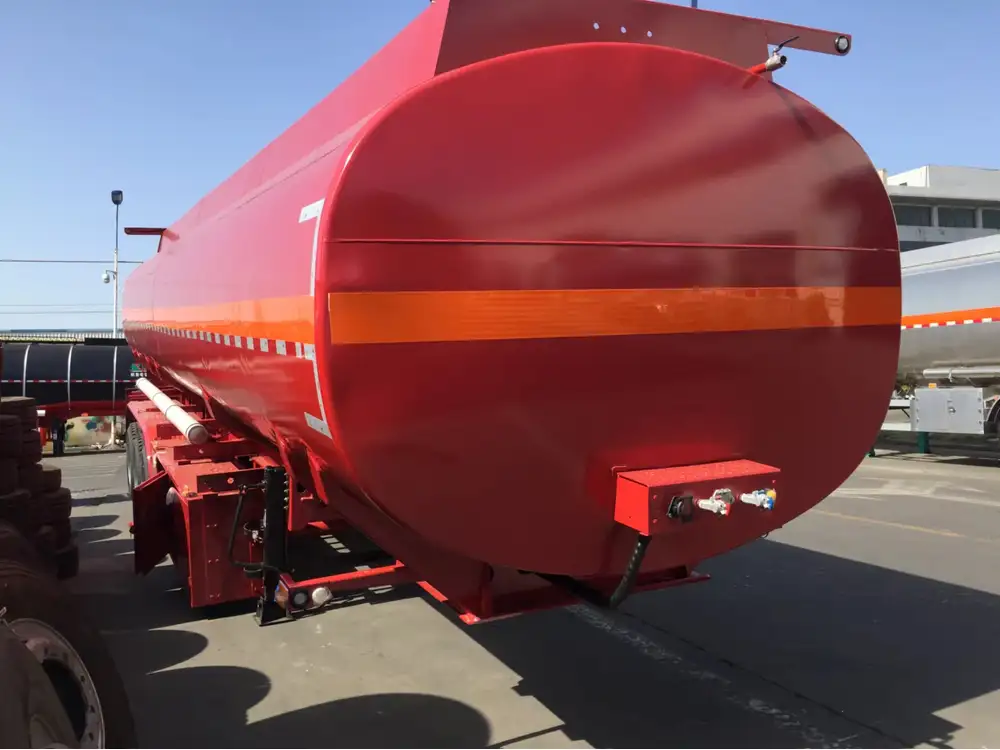Dump trailers are indispensable tools in the construction and landscaping industries, known for their utility and efficiency. They provide a versatile solution for hauling various materials such as gravel, soil, waste, and equipment. However, a critical aspect that users must understand is the load-bearing capacity of a dump trailer. In this comprehensive guide, we will dissect the factors affecting weight limits, offer a robust understanding of capacities, and provide insights into optimizing the use of your dump trailer.
Key Factors Influencing Dump Trailer Capacity
The capacity of a dump trailer varies significantly based on several factors, including design, material choices, and intended use. Here, we explore the primary considerations that affect how much weight a dump trailer can handle.
1. Trailer Configuration
Dump trailers come in various configurations, each with distinct weight limits:
| Type of Dump Trailer | Weight Capacity (lbs) | Typical Uses |
|---|---|---|
| Single Axle Dump Trailer | 5,000 – 10,000 | Light-duty hauling, landscaping |
| Tandem Axle Dump Trailer | 10,000 – 20,000 | Medium to heavy-duty applications |
| Tri-Axle Dump Trailer | 20,000 – 30,000 | Construction hauling, aggregate transport |

2. Materials of Construction
The construction material of a dump trailer significantly influences its weight capacity. Common materials and their implications include:
- Steel: Offers durability and strength, suitable for heavy loads.
- Aluminum: Lighter and rust-resistant but often has a lower weight capacity. It’s ideal for general use.
- Composite Materials: Emerging as an option where weight reduction is necessary without compromising strength.
3. Axle Configuration
The number of axles is pivotal in determining how much weight a dump trailer can safely carry. Additional axles generally increase weight limits:
- Single Axle: Typically allows for lighter loads.
- Tandem Axle: Balances weight distribution, accommodating heavier materials without compromising stability.
- Tri-Axle: Ideal for the heaviest loads, providing superior support and balance.
4. Tire Rating
Tires are often an overlooked factor in determining weight limits. The load rating of trailer tires plays a crucial role in safely transporting heavy loads. Each tire has a maximum load rating, and exceeding it can lead to tire failure.

5. Suspension System
The design of the suspension system can also affect a dump trailer’s load capacity. A robust suspension system helps in distributing weight evenly across the trailer while providing stability during transport. Common types include:
- Leaf Spring Suspension: Provides a basic level of support, suitable for light to moderate use.
- Air Suspension: Superior for heavy loads, offering better handling and ride quality.
Calculating Load Capacity
Understanding the specific weight limits of your dump trailer requires a clear approach to calculations. The load capacity of a dump trailer can usually be found in the manufacturer’s manual. However, the general formula to determine the maximum safe load is as follows:
Load Capacity Formula
[ \text{Load Capacity} = \text{GVWR} – \text{Tare Weight} ]Where:
- GVWR (Gross Vehicle Weight Rating): The maximum total weight the trailer is designed to safely carry.
- Tare Weight: The empty weight of the trailer.

Example Calculation
If a tandem axle dump trailer has a GVWR of 14,000 lbs and a tare weight of 4,000 lbs, the load capacity would be:
[ 14,000 \, \text{lbs} – 4,000 \, \text{lbs} = 10,000 \, \text{lbs} ]Types of Materials You Can Haul
Knowing how much weight your dump trailer can carry is essential, but equally important is understanding what materials are best suited for your trailer’s capacity. Here we categorize various materials typically hauled:
- Soil: Usually light to moderate weight; easily manageable within most trailer capacities.
- Gravel: Heavy and dense, can significantly affect your load limits.
- Construction Debris: Weight varies based on the type; proper assessment is crucial.
- Vegetative Waste: Often lighter compared to construction materials, allowing for larger volumes.
- Asphalt and Concrete: Very heavy; ensure you’re well under maximum capacity.
Safety Considerations When Hauling
Safety should always be a priority when using dump trailers. Overloading not only puts undue stress on the trailer but also increases the risk of accidents. Here are essential tips to ensure safe hauling:

1. Regularly Check for Damage
Before each use, inspect the trailer for signs of wear such as:
- Cracks or corrosion on the frame.
- Worn-out suspension components.
- Tire integrity and pressure.
2. Distribute Weight Properly
Improper weight distribution can lead to trailer instability. Follow these guidelines:
- Load heavier items on the bottom.
- Ensure the weight is evenly distributed from side to side and front to back.
3. Keep Brakes Maintained
An efficient braking system is crucial for safety. Regular maintenance of brake components is necessary, especially for heavy loads.

4. Use Safety Chains
Always attach safety chains to your dump trailer when in motion. This provides an additional level of security in case of a hitch failure.
5. Observe Local Regulations
Different regions have specific regulations concerning load limits. Familiarize yourself with these to avoid fines and ensure safety.
Common Mistakes to Avoid
When utilizing dump trailers, several common errors can lead to complications. Awareness of these pitfalls can save you time, money, and ensure safety:

1. Exceeding Load Limits
Many users underestimate the weight of their loads. Always measure and calculate to stay within stated limits.
2. Ignoring Maintenance
Neglecting regular maintenance can lead to unforeseen breakdowns and safety hazards. Ensure your dump trailer is in prime condition for use.
3. Inadequate Tie-Downs
Failure to secure loads properly can result in shifting or falling debris, causing accidents on the road. Invest in quality tie-downs.

4. Overlooking Tire Maintenance
Regularly check your tires for wear, and ensure they are properly inflated to support your load.
Frequently Asked Questions (FAQs)
Q: Can I haul liquids in a dump trailer?
A: Generally, dump trailers are not designed for liquid transport unless they are specifically meant for that purpose. Consider using a tank trailer for liquids.

Q: How do I estimate the weight of my load?
A: You can estimate the weight using standard weight charts for materials or consult a local scale for precise measurements.
Q: Are there environmental regulations I need to consider?
A: Yes, ensure you comply with local environmental regulations, especially if hauling materials like waste or debris. Proper disposal practices are required.
Q: How do I choose the right dump trailer for my needs?
A: Assess your hauling requirements based on load types and weights, vehicle compatibility, and intended use before selecting a model.

Conclusion
Understanding the capabilities of your dump trailer is paramount to ensuring its efficiency and safety. By recognizing the various factors influencing weight limits—such as trailer configuration, materials, axle types, and maintenance—you empower yourself to make informed decisions when it comes to hauling materials. With diligence and proper practices, you can maximize the utility of your dump trailer while minimizing risks associated with overloading. Whether you are engaged in construction, landscaping, or any other heavy-duty tasks, being knowledgeable about your trailer’s limits will enhance your productivity and safety on every job.



